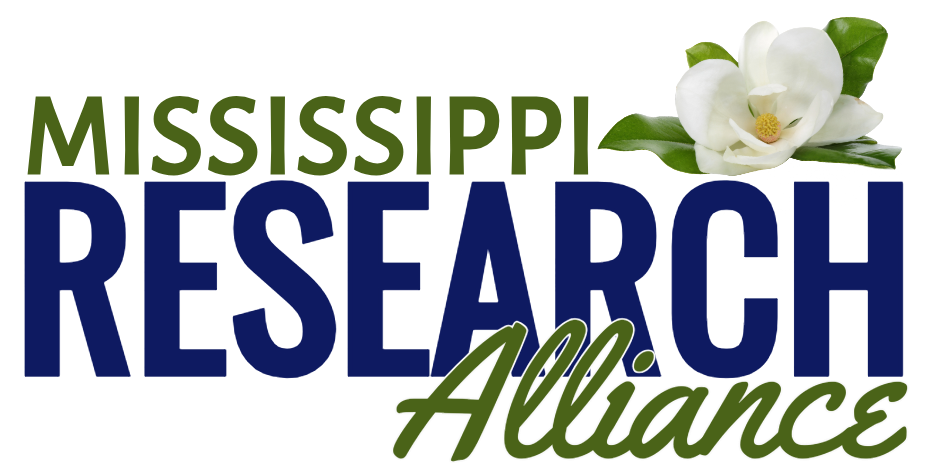
The E-CORE RII program supports jurisdictions in building capacity in one or more targeted research infrastructure cores that underlie the jurisdiction's research ecosystem. Based on the evidence-based and self-identified need of the jurisdiction, capacity building supported by E-CORE RII may include (but is not limited to) development, enhancement, and/or sustainability of: jurisdiction-wide research administration; research facilities; higher education pathways; STEM education (K-16) pathways; broadening participation; workforce development; national and global partnerships; community engagement and outreach; economic development and use-inspired research; and/or early career research trainee pathways. E-CORE RII projects must be designed to support the sustainability of the infrastructure core(s) beyond the award period. In E-CORE RII’s support of one or more research infrastructure cores in an EPSCoR-eligible jurisdiction, the program will also support the development and growth of new jurisdictional networks, and the leveraging of existing jurisdictional networks, that can drive demonstrable and sustainable impact to advance the jurisdiction-wide research ecosystem.
Through the fostering of STEM research ecosystems and research capacity pathways across institution types and sectors in a jurisdiction, E-CORE RII aims to support jurisdiction-wide research infrastructure cores based on jurisdictional variability. A jurisdiction’s science, technology, engineering, and mathematics (STEM) research ecosystem encompasses all new and ongoing interactions among its research environment, researchers, stakeholders, and STEM research activities to improve knowledge, or contribute to end-use or societal impacts in the jurisdiction.
See Solicitation 23-587 and view a recent E-CORE presentation for more information.
NSF EPSCoR E-CORE Recording
The EPSCoR Collaborations for Optimizing Research Ecosystems (E-CORE) program supports jurisdictions in building capacity in one or more targeted research infrastructure cores that underlie the jurisdiction's research ecosystem. This webinar describes the program in detail.
Credit: U.S. National Science Foundation
